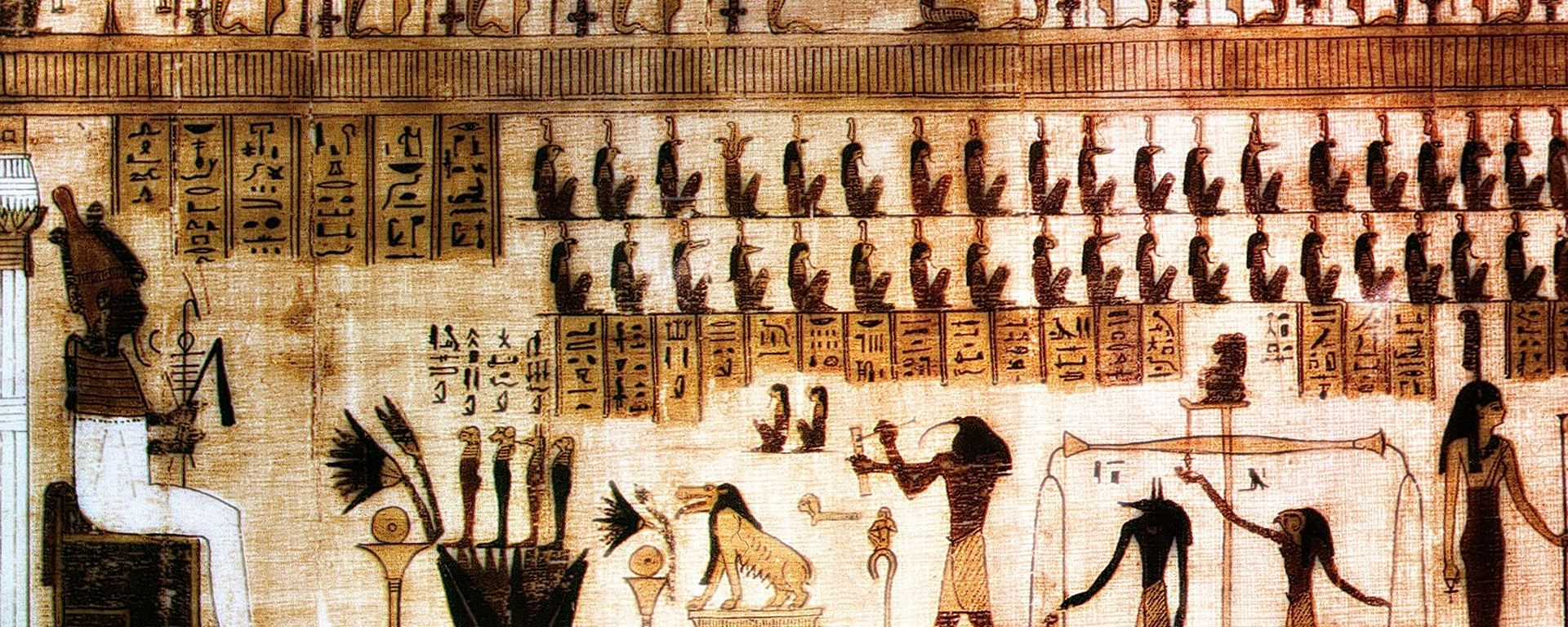From the very popular trilogy of the adventure movies The Mummy, we are shown cruel punishment from Egyptians but was it true?
Taphophobia & Ancient Times
For the longest time, I believed it to be authentic and quite unsettling so is being mummified alive a myth or true to ancient history?
The fear to be buried alive carries the name of taphophobia. It is one of the widest spread fear of many people. The pure thought of falling asleep and waking up in a coffin, six feet below the surface, enclosed in a small box locked and incapable of freeing oneself can cause many levels of fears and anxiety. It often awakens claustrophobia and of course, the fear of death itself that is also sharing the same name as above.

The level of knowledge concerning a decaying body was scarce back in the day. It is not until quite recent times that we have come to understand the process of decomposition and how to recognized a corpse from a person that has either fall into a coma, poison or suffered from illnesses.
There are many types of alive burial such as voluntarily, yes, some people in ancient times decided voluntarily to be buried alive most of the time in the hope to escape the village or debts.
Some were buried alive along with their family members who had recently passed away, which is an alarming thought. Some, of course, was buried by mistake due to the lack of knowledge of bodily functions.

Fun fact, the name croque-mort in French which translates to “bite-dead” came from the Victorian times where a caretaker would bite on a dead body’s big toe to make sure there would be no reaction from the person ensuring the corpse was indeed dead.
The Pharaoh, The Judge, The Jury
Back in Ancient Egypt, the way of life was entirely different than anywhere else even in B.C. centuries. Ancient Egypt was a flourishing place, but not without its price to pay.
The punishment was not uniquely reserved to the workers, but politicians, as well as others, highly viewed. The Pharaoh (he or she) had the last word in all decisions, including punishments and ruling.
In the wild days of Pharaoh Akhenaten, husband of Nefertiti and father to King Tutankhamun dedicated the city of Amarna to Aten the one and only God he believed in related to the Sun. Akhenaten was a pharaoh trying to establish a monotheist faith among Egyptians, fully supported by his wife, Queen Nefertiti, thus the dedicated city.

The workers were mostly treated as slaves, and many died of malnutrition, including scurvy, among other conditions such as arthritis and organ failures. When archeologists found bodies of workers in the commoners’ cemetery, they were able to notice the way they were worked to their deaths. Some, injured in the shoulder-blades.
One of the most common punishments were a hundred cane hits and five stabs in the back before the worker would be put back to work. Those could have resulted in minor crimes such as stealing for food, which was indeed proven to be widespread in Amarna among workers.
Mummified Alive
As I’ve done my research, I have not come around one fact or one article about Egyptians practicing mummification while a person was alive. I believe it is due to their respect for the afterlife. The mummification played an essential part in their lives and represented a guaranteed welcome in the next phase of their existence.
If being mummified, alive or not after death, would then guaranteed the criminal to have a place among other good people and high nobility. For that reason, I believe the severe punishment in the famous trilogy was fictional.
Most times, criminals would just be discarded after their deaths and not cared for in any matters as punishment. Ancient Egyptians viewed the afterlife as a spiritual achievement thus resulting in their meticulous work throughout the mummification that took a seventy-days ritual.
Although Ancient Egyptians did not practice mummification while alive, Japanese monks did. They would mummify themselves while alive as to prove their spiritual strength. They were the number one articles coming up when researching for alive mummifications.
Disturbing Thoughts
However, after all that research, I believe it is safe to say that some pharaohs among other noble Egyptians might have been mummified while alive. When thinking about it, they are part of the continent of Africa, many diseases and illnesses could’ve resulted in body failures making people seem dead, but weren’t.

Surrounded by many venomous bites from insects, snakes, scorpions, sicknesses or concussion leading to comas due to battles. Many scenarios can take place leaving people to believe in those times that those people had to be mummified.
Bleeding after a cut might not have been seen as a sign that the person was alive, thus dying a quite terrifying death if you ask me.
I can easily understand taphophobia being the widest phobia spread around; I undoubtedly share it.
The OCD Vampire


Awesome article!!! I have terrible claustrophobia!!! Can’t stand closed in anything!!! If have a friggin heart attack if I woke up buried alive!!! Screw that!!! Shared on all my socials!!
LikeLike
It’s a game of proficiency so when with any ability game, the abilities
are hones and formulated with time.
LikeLike
Enjoyed studying this, very good stuff, regards.
LikeLike
I used to be able to find good advice from your content.
LikeLike